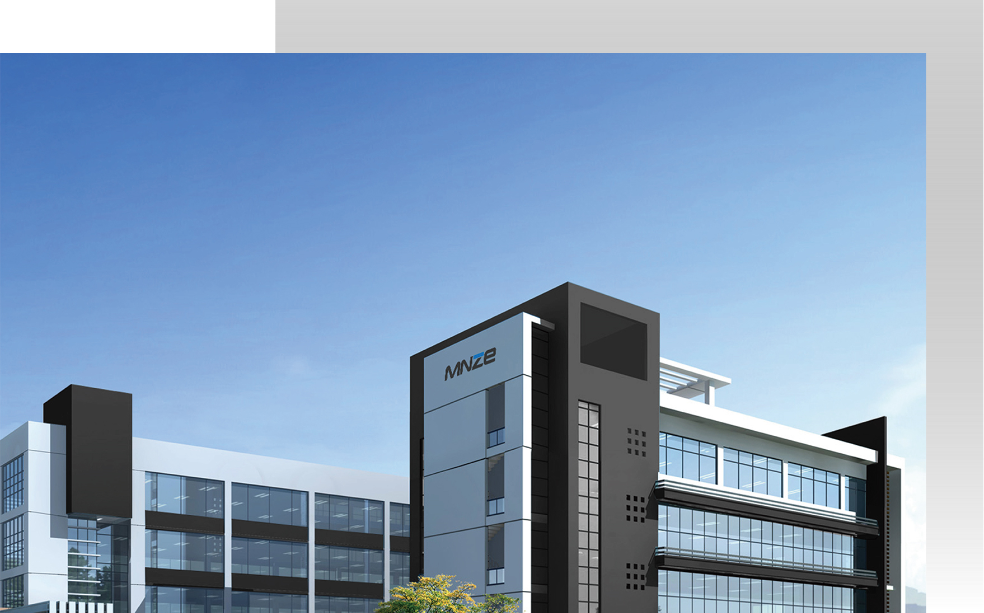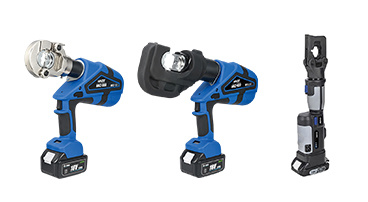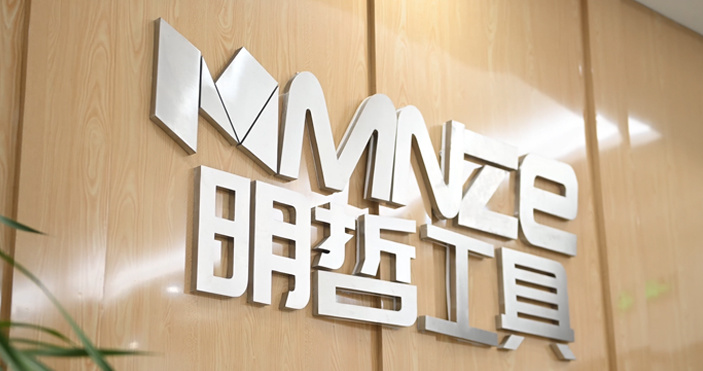19
2023
-
04
What should a multi-functional hydraulic press do when encountering slow or even low-speed crawling?
Author:
When a multi-functional hydraulic press is working, the hydraulic press has a large load and high working pressure. Therefore, in order to ensure that the hydraulic pump is not overloaded, it is necessary to reduce the flow rate, that is, to reduce the working speed of the multi-functional hydraulic press. When the hydraulic press returns, its load will be smaller and the working pressure will be lower. Therefore, while ensuring that the output power of the hydraulic pump is not exceeded, the flow rate can be increased, thereby increasing the working speed of the hydraulic press. Generally speaking, the starting speed of a multifunctional hydraulic press is only related to the flow rate. In other words, if the traffic is large, the speed is fast, the traffic is small, and the speed is slow. So, what should a multi-functional hydraulic press do when encountering slow or even low-speed crawling?
1、 Check if there is gas in the rod chamber and rodless chamber of the hydraulic cylinder of the multi-functional hydraulic press. The purpose of venting the hydraulic cylinder can be achieved through repeated operation. If necessary, exhaust devices should be installed in the two chambers of the pipeline or hydraulic cylinder to exhaust during the operation of the hydraulic system.
2、 Check if the design clearance of the hydraulic cylinder of the multi-functional hydraulic press is suitable. In theory, the rolling fit clearance between the piston and cylinder body, piston rod and guide sleeve in the hydraulic cylinder is H9/N or H9/f8, and there are also H8/f8; The diameter and diameter of hydraulic cylinders increase from small to large. If all cylinders follow this design for fit clearance, the fit clearance for larger cylinder diameters (≥ 200mm) and rod diameters (≥ 140mm) is too large. In practical applications, the low-speed creep phenomenon of this hydraulic cylinder is much more common than that of hydraulic cylinders with small cylinder diameters. In foreign countries, the fit clearance of the sliding surface of this hydraulic cylinder is generally designed to be 0.05mm-0.15mm. From the actual comparison results, it can be seen that the low-speed crawling problem of the hydraulic cylinder has significantly improved. Therefore, it is recommended to choose this method as a hydraulic cylinder with a large cylinder diameter.
3、 It is recommended to prioritize metal as the guide support. If non-metallic support rings are used, it is recommended to use non-metallic support rings with good dimensional stability, especially with a small coefficient of thermal expansion. In addition, it is necessary to strictly control the uniformity of standard tolerances and thickness on the thickness of the support ring.
4、 For the low-speed crawling of hydraulic cylinders caused by sealing material issues, it is recommended to prioritize choosing polytetrafluoroethylene as the sealing combination seal ring, such as commonly used Gly rings, Stuart seals, etc., when working conditions permit. If choosing a lip seal, it is recommended to choose a seal made of nitrile rubber or similar material as the material for better continuity.
5、 The impact of component dimensional accuracy is that in the manufacturing process of hydraulic cylinders, the dimensional accuracy of the inner wall of the cylinder block and the surface of the piston rod should be strictly controlled, especially the geometric accuracy, and parallelism is the key. In the domestic machining process, the surface of the piston rod is mostly cut after turning, ensuring parallelism is not a major issue. However, there are many processing methods for the inner wall of the cylinder block, such as boring, rolling, boring, honing, direct honing, etc. However, due to differences in the basic level of materials between China and foreign countries, factors such as poor parallelism, uneven thickness, and hardness of pipeline blanks are usually directly related to the parallelism of the inner wall of the cylinder block after processing.
6、 If the thickness of the hydraulic cylinder body of a multi-functional hydraulic press is allowed, a larger safety performance should be selected as much as possible to increase the thickness of the cylinder body, especially for cylinders used under high-pressure conditions to reduce the deformation of the cylinder under oil pressure. The deformed cylinder can also cause the multi-functional hydraulic press to crawl at low speeds.
NEWS
Maintenance methods for hydraulic press
2023-04-19








